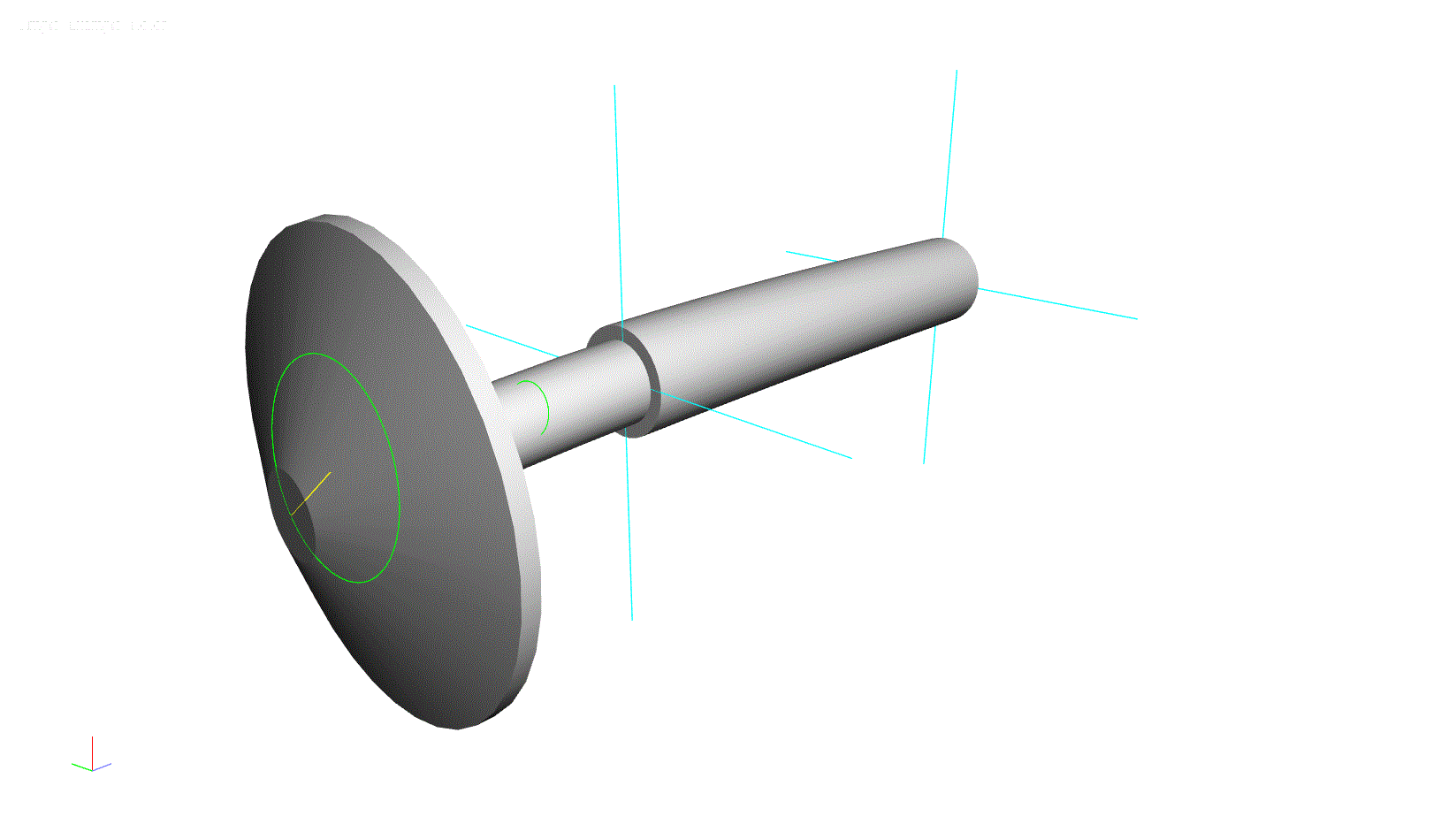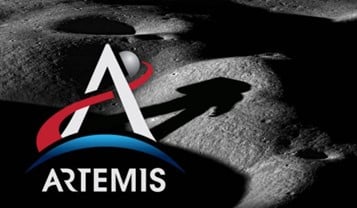I am an engineer and teacher, so as the year draws to a close, I like to look back on memorable events where an engineering activity went, or almost went, awry. Luckily all were caught in the nick of time. Once the problem was adverted, my engineer’s sense of humor kicked in, and the result is the list below. Hopefully, some of these lessons learned, or learnt, as my colleague Kevin would say, will serve as examples of what to be watchful for in the new year.
-
Check the direction of shaft rotation in a new design early and often. Reminds me of a voting joke I heard.
-
You are just “spinning your wheels” if you designed a turbomachine with a value of U/Co equal to 1
-
Natural frequency has nothing to do with regularity, but it can cause some dis-stress when ignored on any turbomachine and ultimately end the same way
-
Just as in life, in the heat treatment of materials, timing is everything
-
It is always good to remember that a shaft seal really works best only when it is on the drawing board, in its shipping container or if the shaft is not turning.
-
If the difference between a gas turbine that operates at 2,500F and one that is limited to 2,000F operation is about $X/kw for a 15 MWe gas turbine (GT), what is the difference between a GT with 15 compressor stages and one that has 13 stages? Answer about 2 stages or for the profound Lesson Learned: always read the S.O.W. carefully
-
Although it is true that:  , the true lesson to be learned from this equation is that you shouldn’t try to complicate the solution… always Keep It Simple
, the true lesson to be learned from this equation is that you shouldn’t try to complicate the solution… always Keep It Simple
-
Showing-off your expertise in a heat transfer analysis by using 4 significant decimal places, usually has the opposite effect
-
There are no small engineering details, only small engineers
-
In some FEA software applications, you may get an answer fast, but the solution may still take a long time.
-
A “sanity check” in engineering is equivalent to the “measure twice-cut once” rule in carpentry AND there are no small engineering details, only small engineers.
-
A Campbell Diagram is the “chicken soup” needed to save the soul of a new turbomachine
-
Five minutes will seem like a lifetime during the inaugural flight of your TPA in a launch vehicle



 , the true lesson to be learned from this equation is that you shouldn’t try to complicate the solution… always Keep It Simple
, the true lesson to be learned from this equation is that you shouldn’t try to complicate the solution… always Keep It Simple
